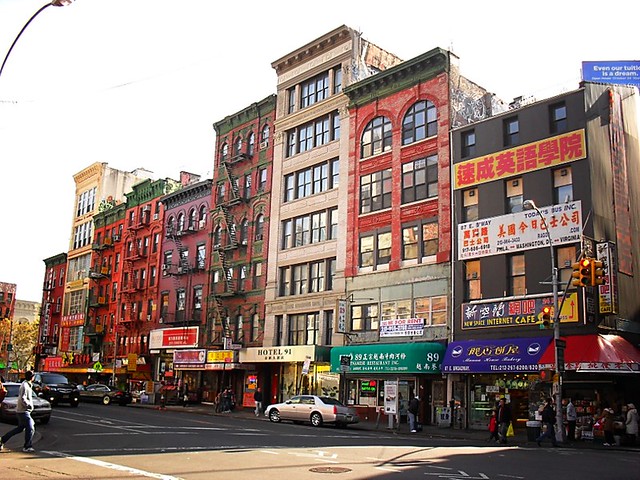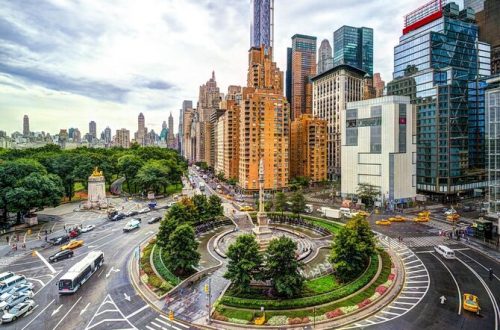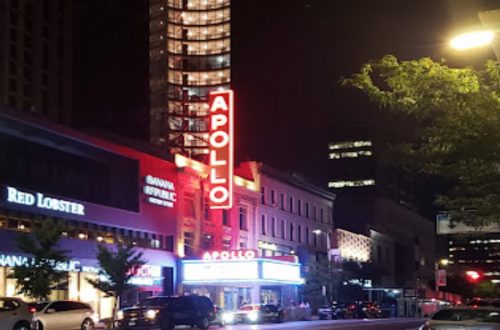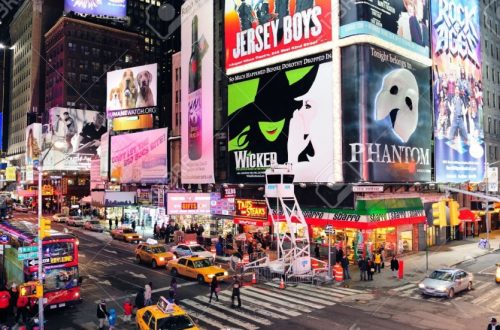
Alphabet City
Alphabet City is a neighborhood located in the East Village of Manhattan, New York City. The name “Alphabet City” refers to the avenues in the area that are named after letters of the alphabet, such as Avenue A, Avenue B, Avenue C, and Avenue D.
In the 1970s and 1980s, Alphabet City gained a reputation as a gritty and bohemian neighborhood, with a mix of artists, musicians, and a diverse community. However, it also faced challenges such as crime and urban decay during that period. Over the years, Alphabet City has undergone significant gentrification, leading to changes in its character and demographics.
Today, Alphabet City is a vibrant and diverse neighborhood with a mix of residential buildings, trendy shops, restaurants, and cultural establishments. The area has retained some of its artistic and creative atmosphere while also attracting a more upscale and varied population.
Certainly! Alphabet City is a neighborhood located within the East Village in the borough of Manhattan, New York City. The term “Alphabet City” refers to the avenues in the neighborhood, which are named after letters of the alphabet from Avenue A to Avenue D. The neighborhood is roughly bounded by Houston Street to the south, 14th Street to the north, the East River to the east, and First Avenue to the west.
Here are some key aspects of Alphabet City:
- History and Evolution:
- Alphabet City, like much of the East Village, has a rich history. In the early to mid-20th century, it was a working-class neighborhood with a large immigrant population.
- In the 1960s and 1970s, the East Village became a center for artistic and countercultural movements, attracting musicians, artists, and writers. Alphabet City, in particular, became known for its bohemian and avant-garde atmosphere.
- Gentrification:
- The neighborhood went through a period of urban decay and economic decline in the 1970s and 1980s. However, starting in the late 20th century, Alphabet City, like many other parts of Manhattan, began to experience gentrification.
- Gentrification brought changes to the socioeconomic and cultural landscape, with the influx of young professionals, students, and artists.
- Cultural Scene:
- Alphabet City has a vibrant cultural scene with numerous art galleries, theaters, and music venues. The neighborhood has been home to various influential artists and musicians over the years.
- It’s known for its alternative and experimental arts community, contributing to the overall creative spirit of the East Village.
- Community and Diversity:
- The neighborhood has historically been diverse, with a mix of ethnicities, cultures, and socioeconomic backgrounds.
- Despite gentrification, efforts have been made to preserve the sense of community and the cultural diversity that has defined Alphabet City.
- Architecture:
- Architecturally, Alphabet City features a mix of building styles, including tenement buildings from the late 19th and early 20th centuries. There are also newer developments and renovated spaces.
- Avenues A, B, C, and D:
- Each avenue has its own unique character. Avenue A, for example, is known for its nightlife and restaurants, while Avenue C has a more residential feel.
- Tompkins Square Park:
- Tompkins Square Park, located near Alphabet City, has been a focal point for events and gatherings. It played a role in various protests and movements throughout the neighborhood’s history.
While Alphabet City has undergone significant changes, it remains a fascinating and dynamic part of New York City, with a blend of history, culture, and ongoing urban development.
![]()




